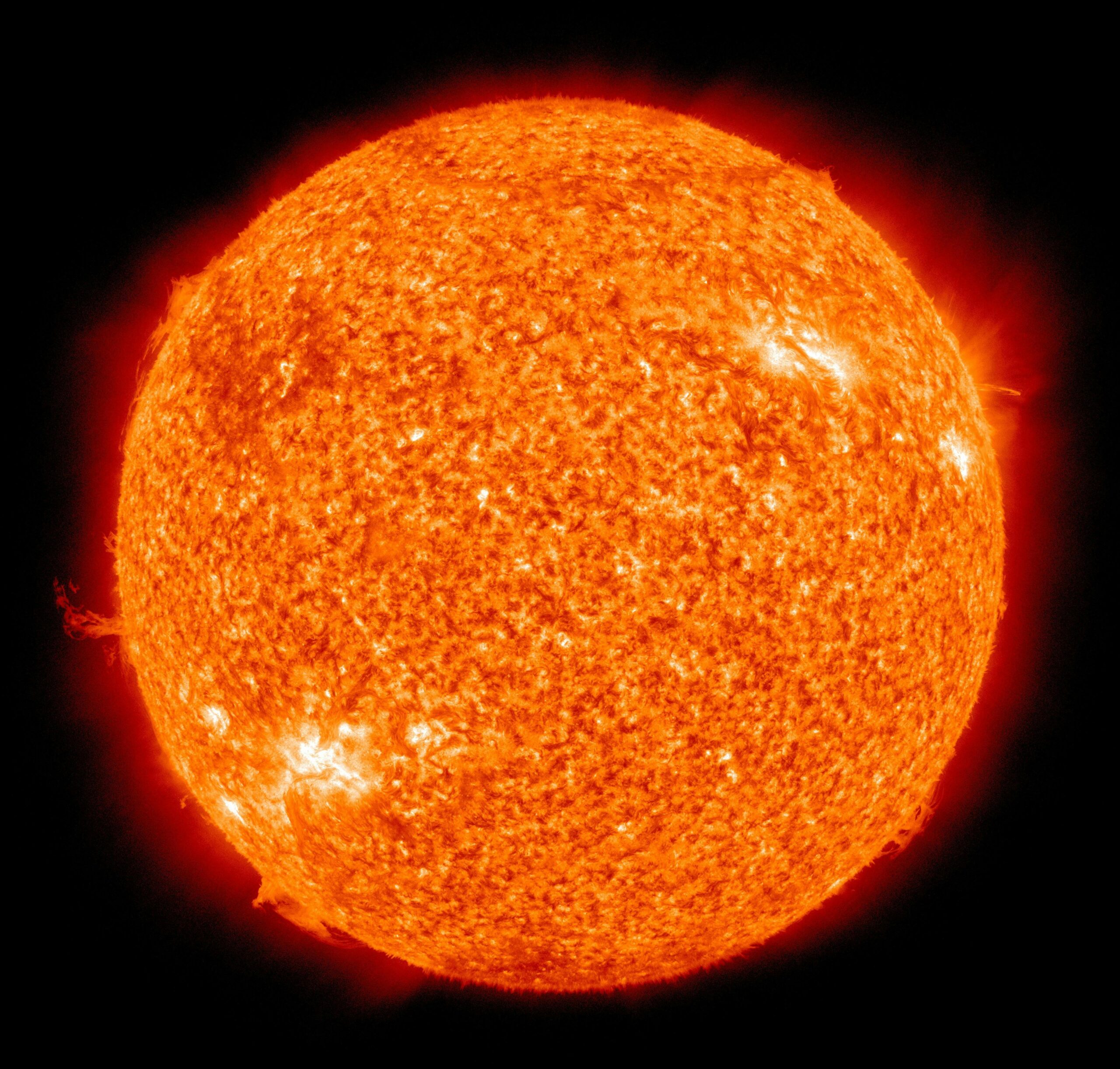NASA’s Parker Solar Probe has successfully made the closest approach to the Sun. On Christmas Eve, the spacecraft passed within a record-breaking 6 million kilometres of the scorching star. NASA received an all-clear message from Parker on Thursday night confirming it survived the journey.
Launched in August 2018 (and discussed with Danny in 2021), the spaceship is on a seven-year mission to deepen scientific understanding of our star and help forecast space-weather events that can affect life on Earth. With its close brush complete, the craft is expected to circle the Sun at this distance through to at least September and hopefully longer.
It is the fastest spacecraft built by humans and hit 690,000 kph at closest approach. It is outfitted with a heat shield that can withstand scorching temperatures up to 1,370 degrees Celsius. So effective is the heat shield that the probe’s internal instruments remain near room temperature – around 85 °F (29 °C) – as it explores the Sun’s outer atmosphere, called the corona.
Scientists hope the data from Parker will help them better understand why the Sun’s outer atmosphere is hundreds of times hotter than its surface and what drives the solar wind, the supersonic stream of charged particles constantly blasting away from the Sun.
By venturing into these extreme conditions, Parker has been helping scientists tackle some of the Sun’s biggest mysteries: how solar wind originates, why the corona is hotter than the surface below, and how coronal mass ejections – massive clouds of plasma that hurl through space – are formed.
The Christmas Eve flyby is the first of three record-setting close passes, with the next two – on March 22 and June 19, 2025 – both expected to bring the probe back to a similarly close distance from the Sun.
I talked about this with Danny Hoyland on West Bremer Radio on 28 December 2024. Listen live each week: Saturday 7.40 am, West Bremer Radio.
Source: NASA’s Parker probe successfully makes closest approach to the Sun – ABC News and Record Smashed: Parker Probe Kisses The Sun in Historic Christmas Flyby : ScienceAlert

